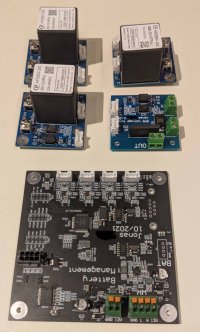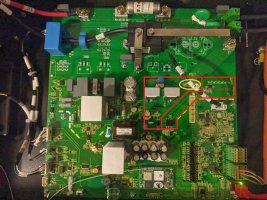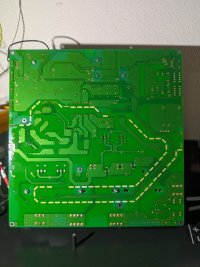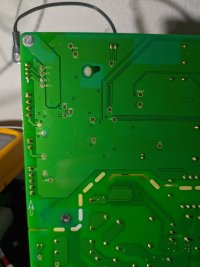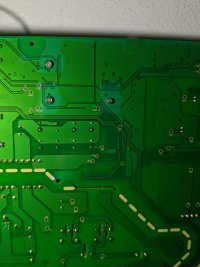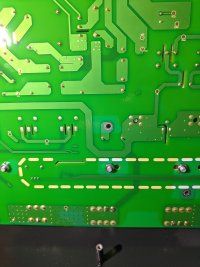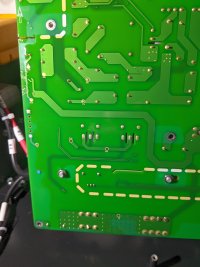Hi Solar Guppy,
that a good info.
So, if Battery want to do calibration it tells inverter to stop charging first. That means there should be status change in cyclic data from battery and also when it want to start calibration it send again different flag.
Unfortunately I don't have battery so I can only waiting @huntworker for that process log, it could be both x2 and x3 frames.
Btw, how the calibration calculate and who do this calculation, the inverter or battery?
that a good info.
So, if Battery want to do calibration it tells inverter to stop charging first. That means there should be status change in cyclic data from battery and also when it want to start calibration it send again different flag.
Unfortunately I don't have battery so I can only waiting @huntworker for that process log, it could be both x2 and x3 frames.
Btw, how the calibration calculate and who do this calculation, the inverter or battery?




